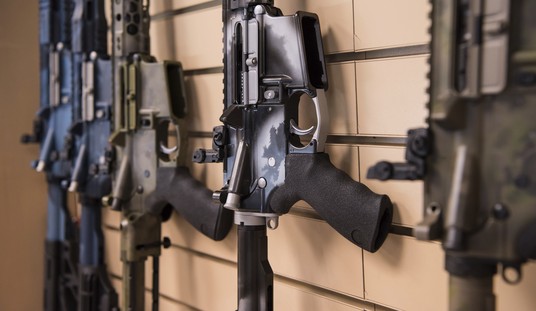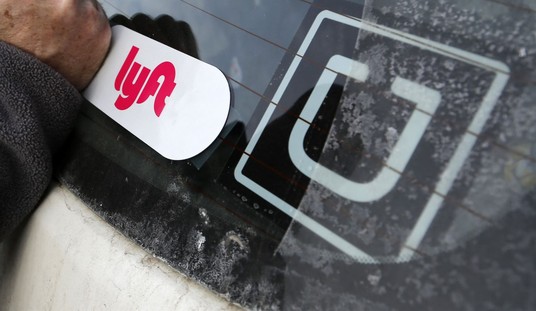On June 7, 1942 a naval battle over a tiny pacific island changed the course of war in the Pacific theater of WWII. Midway, a 2.4 square mile island in the Pacific, was targeted for attack by the Japanese high command. It was seen by the Japanese as a vital American outpost that defended Pearl Harbor and the Hawaiian Islands from attack.
Just after the Battle of Coral Sea, which was a draw that saw two Japanese carriers disabled and one American carrier sunk, Japan decided to strike deep into American waters.
The Japanese plan of attack was created by Admiral Yamamoto’s senior operations officer, Kuroshima Kameto. The Japanese would first launch a diversionary attack with two carriers and a small invasion force on the Alaskan, Aleutian Islands to try to throw the Americans off. The main goal was to take Midway Island and to knock out the American carriers through a surprise attack. However, they ended up sailing into a trap due to overconfidence and a few brilliant American code breakers.
According to the book, Eagle Against the Sun, by Ronald H. Spector, Japanese intelligence gatherers surmised that after a sting of defeats the Americans would “lack the will to fight.” The intelligence was faulty.
Three American carriers, the USS Hornet, USS Enterprise and USS Yorktown, would participate in the Battle of Midway against four Japanese carriers, the Akagi, Kaga, Soryu and Hiryu. The Japanese attack for would contain a much larger force of support ships.
The presence of the American carrier USS Yorktown at the battle would be a major surprise since it had been badly damaged in the Battle of Coral Sea just a short time before. The Yorktown was miraculously made seaworthy in three days despite the fact that the repairs were expected to take three months.
American Admiral Chester Nimitz had kept most of his battleships patrolling the West Coast and harbor defense. This would be of little consequence since the age of lined-up, ship-to-ship battles was over. The age of carriers and torpedo planes had arrived.
The first thing that the American Navy needed to do was to find out where the Japanese fleet would attack. This was solved by OP-20–G, the Navy radio intelligence organization that broke the Japanese JN-25 code. Admiral Nimitz knew the Japanese fleet would be heading to Midway and he rushed his carriers to intercept.
The confrontation at Midway would take place over a period of four days, starting on June 4. The American base on Midway would put up a reasonable defense itself, but the carriers were key to the battle. Wave after was after torpedo planes and dive bombers would attack the Japanese carriers, which had mistakenly been armed with bombs to attack Midway Island in a massive, all-out attack. The few American dive bombers that got through the Japanese defenses hit three Japanese carriers with armed dive bombers all over their flight decks. The Akagi, Kaga and Soryu were a set ablaze and eventually sunk, their highly trained and irreplaceable pilots would sink along with them.
The Japanese carrier, Hiryu, was at least able to launch a wave of torpedo bombers, which hit and badly damaged the already crippled USS Yorktown. A Japanese submarine would eventually hit the Yorktown and send it to the bottom. However, the Hiryu would soon meet the fate of the other three Japanese carriers and would be sunk by dive bombers from the USS Enterprise.
The battle of Midway was a devastating blow to the Japanese war effort in the Pacific, and a huge number of irreplaceable, veteran pilots were lost. The United States, with its larger numbers and incredible industrial capacity would soon bring its might to bear in the war; it was the beginning of the end for the Japanese Empire.








Join the conversation as a VIP Member